How to Solve Parallel Lines and Transversals Problems? (+FREE Worksheet!)

Parallel Lines and Transversals – Example 2:
Solution:
The two angles \(75^\circ\) and \(11x-2\) are equal. \(11x-2=75\)
Now, solve for \(x: 11x-2+2=75+2→ 11x=77→x=\frac{77}{11}→x=7\)
Parallel Lines and Transversals – Example 3:
In the following diagram, two parallel lines are cut by a transversal. What is the value of \(x\)?
Solution:
The two angles \(7x-35\) and \(3x+45\) are equivalents.
That is: \(7x-35=3x+45\)
Now, solve for \(x: 7x-35+35=3x+45+35 →\)
\(7x=3x+80→7x-3x=3x+80-3x→4x=80→x=\frac{80}{4}→x=20\)
Parallel Lines and Transversals – Example 4:
In the following diagram, two parallel lines are cut by a transversal. What is the value of \(x\)?
Solution:
The two angles \(3x-27\) and \(-x+33\) are equivalents.
That is: \(3x-27=-x+33\)
Now, solve for \(x: 3x-27+27=-x+33+27 →\)
\(3x=-x+60→3x+x=-x+60+x→4x=60→x=\frac{60}{4}→x=15\)
Exercises for Parallel Lines and Transversals
Find missing angles with Parallel Lines and Transversals.
1.Find the measure of the angle indicated.
2. Solve for \(x\).
3. Find the measure of the angle indicated.
4. Solve for \(x\).
1.\(\color{blue}{110^\circ}\)
2.\(\color{blue}{x=8}\)
3. \(\color{blue}{84^\circ}\)
4.\(\color{blue}{x=5}\)
Related to This Article
More math articles
- How to Learn Properties of Logarithms
- Top 10 Tips to Create a CHSPE Math Study Plan
- 8th Grade MCA Math Worksheets: FREE & Printable
- Top 10 PSAT 10 Math Practice Questions
- 5th Grade SBAC Math Practice Test Questions
- Top 10 ASTB Math Practice Questions
- Students Make the Most Mistakes in These Math Topics
- How to Identify Characteristics of Quadratic Functions: Equations
- GED Test: Everything You Need to Know
- 7th Grade STAAR Math FREE Sample Practice Questions






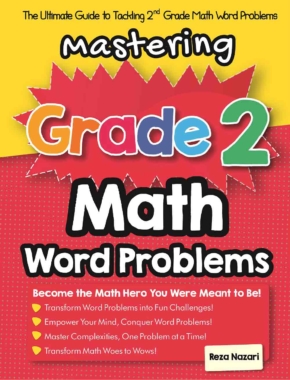
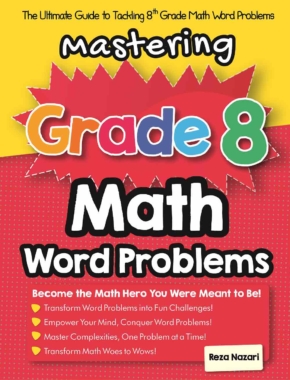
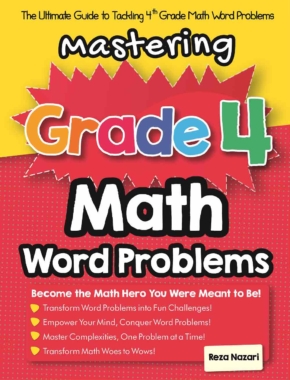
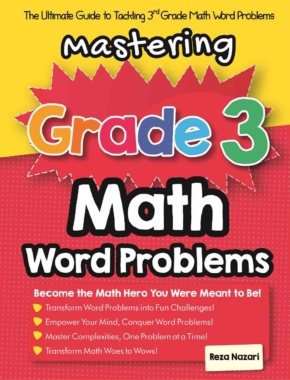
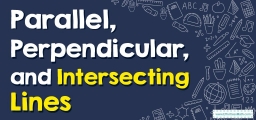
What people say about "How to Solve Parallel Lines and Transversals Problems? (+FREE Worksheet!) - Effortless Math: We Help Students Learn to LOVE Mathematics"?
No one replied yet.